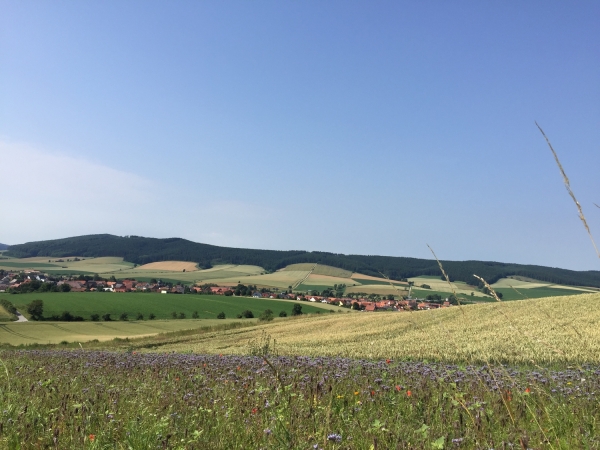How effective environmental measures in agriculture are for biodiversity and wild bee populations depends on various factors and your perspective. This is shown by agroecologists from the University of Göttingen, Germany and the Centre for Ecological Research in Vácrátót, Hungary.
The research team found that when assessing the effectiveness of different measures, whether in the field (organic farming) or next to the field (flower strips in conventional farming), biodiversity benefits should be evaluated differently. Like-for-like comparisons of environmental measures could easily be misleading, according to the scientists. The research was published in the journal Basic and Applied Ecology.
The researchers studied ten agricultural landscapes near Göttingen, each containing three winter wheat fields: one organic field, one conventional field with flower strips, and one conventional field without flower strips. For two years, the abundance of wild bees was recorded at the edges of each of these thirty fields. The results showed that a simple comparison of the data sampled at specific sites could lead to the conclusion that conventional fields with strips of flowers might attract many more bees than organic fields but this is not the full story.
Continue reading at Göttingen University
Image via Göttingen University


